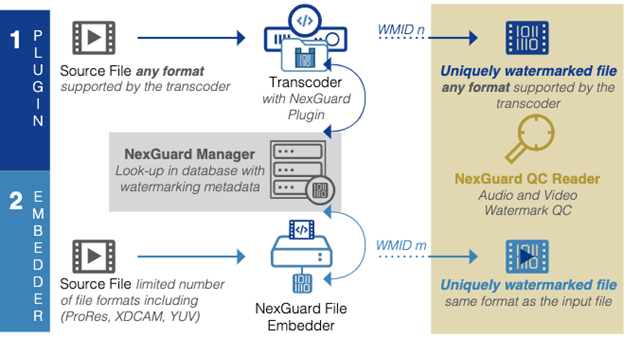
Within the media and entertainment industry, archiving has always had a crucial role to preserve key moments in history, whether they be newsreels or iconic documentaries or dramas. But perhaps in recent years, the need for archived materials has increased further.
The pandemic caused a supply-chain issue for new content. Everything shut down and people were confined to their homes with little else to do apart from devour content. Faced with schedules that needed filling, where did channel and content controllers turn to address this increased content appetite? Yes, the archives.
We saw movies, sitcoms and drama series of yesterday suddenly appearing on our favorite broadcast or streaming service. Equally, documentaries were created remotely that used a range of archive content to add context or help explain the topics of the day. Filling the schedule gaps or just serving up hefty helpings of nostalgia, the archives came to the rescue at a critical time as content was digitized and prepared for distribution across modern-day networks.
Such demands for archive content also exposed the value of what was residing in the archives. Beneath the dusty reels or digital storage vaults was content with a value. That value was also a target for pirates – they too were suffering a content shortage.
Content leaks are a business killer and few would dispute that having defenses in place to track illicit distribution is key. Archive content by its nature often is included in highly collaborative projects and often only key segments of a particular piece of archive content are used. For this reason, it’s key that the deterrents in place can cope with very short content clips as well as full episodes.
In the main, the content vaults in which archive content is stored are surrounded with physical and digital security; designed to prevent access by even the most determined criminals. However, when archive content gets requested, it is then exposed to the same threats as any other piece of streaming content transiting across an IP network. So it makes sense to utilize the same approaches that are used for protecting streaming content.
One such approach to protect and link content to those authorized to view it is via forensic watermarking. Imperceptible and with no impact on performance or quality, it is the perfect tool through which to trace illicit distribution. By using watermarking at the point content is exported from the archive, archivists can keep a secure digital record. Traceability is a powerful deterrent to those looking to illicitly benefit from the archive’s valuable content collections. Should a leak occur, swift detection identifies the perpetrators. Remedial action can then be taken, and the value of the film archive preserved.

NAGRA NexGuard forensic watermarking provides film archives organizations with a range of tools through which they can protect their collections. These include NexGuard plugins for transcoders and file embedders where content is watermarked with no additional transcoding requirements and is optimized for ProRes and XDCAM. For film archive owners with existing Media Asset Management (MAM) solutions, NAGRA NexGuard watermarking can be seamlessly managed and automated from the MAM.
The NAGRA solution prevents leaks during in-house archive operations such as film restoration, cataloguing or package editing. In addition, audio and video watermarking can be used to trace detected leaks back to the service or the third-party responsible for the leak. These aspects and more make it the leading forensic watermarking solution available on the market today.
Contact us to connect with one of our specialists working with film archive customers or to learn more about how we’re helping film archives protect their valuable content, download our case study.

